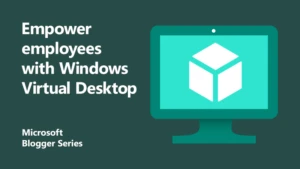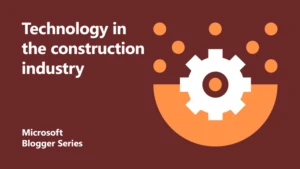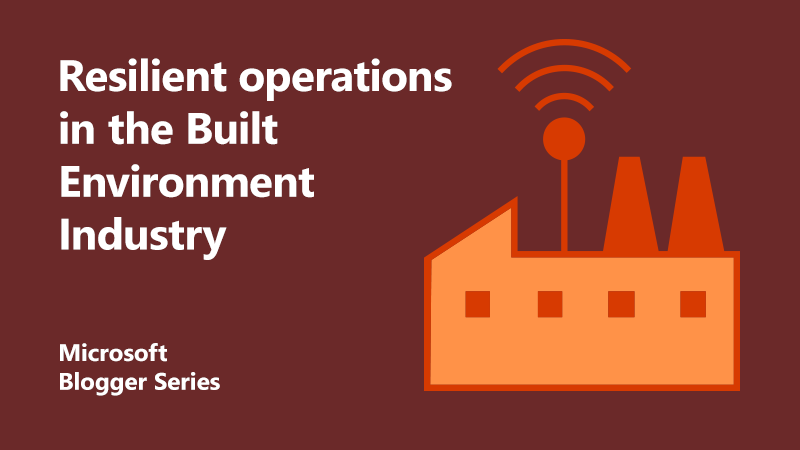
How to support resilient operations in the Built Environment Industry
Earlier this year I wrote a blog outlining how the construction industry can transform through better use of technology. A lot has happened in the world since then, but it’s important to keep improving efficiencies while driving digital transformation.
There’s also the challenge of staying resilient and adapting to the changing needs of your business. In our whitepaper Reconciling the Irreconcilable, we look at the challenges faced by infrastructure projects and how interoperable solutions can help. By using a digital building lifecycle, the industry also has a key opportunity to boost sustainable industry growth, fix the supply chain, improve site safety and productivity, and drive innovation.
[msce_cta layout=”image_center” align=”center” linktype=”blue” imageurl=”https://www.microsoft.com/en-us/industry/blog/wp-content/uploads/sites/22/2020/06/whitepaper800x.jpg” linkurl=”https://info.microsoft.com/UK-DIGTRNS-CNTNT-FY20-06Jun-22-MSConstructionWhitePaper-AID-3013731-SRGCM3575_01Registration-ForminBody.html” linkscreenreadertext=”Download the whitepaper: Reconciling the Irreconcilable” linktext=”Download the whitepaper: Reconciling the Irreconcilable” imageid=”36465″ ][/msce_cta]
See how implementing smarter lifecycle management, flexible workplaces, or using technology to help your employees can address your needs and support your resilient operations.
1. Workforce safety and protection
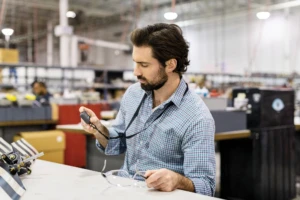
Employee safety and protection will always be a top priority for organisations. We also expect new processes and procedures to be implemented as the industry returns to site.
AI-infused IoT wearables and sensors in the field can also monitor and report to ensure health and safety best practices are being followed, or alert when there’s potential issues, like spills or leaks.
Microsoft HoloLens 2 infused with AI will allow employees to survey sites and create innovative, highly precise, sustainable solutions, delivered in an agile, flexible off-premises environment. It can also be used by on-site employees to access instructions hands-free while on the job.
2. Connected Workers
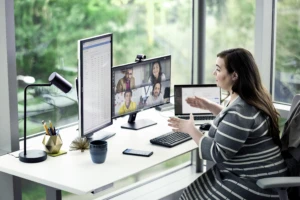 Help employees stay engaged through Microsoft Teams and virtual desktop environments. Teams lets employees securely chat, meet, share and collaborate on files together no matter where they’re located. Virtual desktops enable employees to access the apps and information they need securely, from anywhere.
Help employees stay engaged through Microsoft Teams and virtual desktop environments. Teams lets employees securely chat, meet, share and collaborate on files together no matter where they’re located. Virtual desktops enable employees to access the apps and information they need securely, from anywhere.
Additionally, use tools such as the HoloLens 2 and Dynamics Remote Assist will enable on-site employees to collaborate with experts in different locations. These tools also help upskilling employees with new processes.
3. Smart lifecycle management
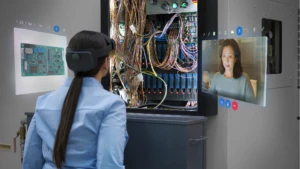 As the sector looks to control cash flow and make cost savings, whilst also planning ahead for economic recovery, it will be essential to optimise supply chains. Through better use of data across the supply chain, organisations can adapt to complex scenarios in real time.
As the sector looks to control cash flow and make cost savings, whilst also planning ahead for economic recovery, it will be essential to optimise supply chains. Through better use of data across the supply chain, organisations can adapt to complex scenarios in real time.
Reduce physical onsite presence, and streamline operations with IoT technologies for remote monitoring, remote control, and automation of simple tasks.
You can then take advantage of the data collected to create processes and quickly adapt to changing working patterns. Deliver an intelligent, connected field service by moving from a costly break–fix model to proactive, predictive maintenance.
4. Stay secure
As organisations move to more digital processes, it is critical organisations have security infrastructure in place to detect, respond, and protect against threats.
Microsoft builds its products with security-by-design, making it easy for your IT team to keep control of the whole digital estate. Think about implementing multi-factor authentication, conditional access, and creating strong security policies. Keep employee education up-to-date.
Help build a stronger future
We strongly believe there is a huge opportunity for technology to help transform the Built Environment Sector, whilst also supporting resilient operations.
By creating smart, interconnected sites, data, and people, we can bring together the skills and information today needed for tomorrow’s innovative projects. Which is a really exciting opportunity you don’t want to miss out on.
Find out more
Learn more about our vision for the Built Environment
4 ways the construction industry can use technology to fix the supply chain and empower employees
Learn how we’re supporting resilient operations
About the author
 Adam has worked at Microsoft for over 13 years and is energised by the culture, direction, and strategy as an organisation. He is passionate about the amazing opportunity this provides to empower customers to achieve their goals.
Adam has worked at Microsoft for over 13 years and is energised by the culture, direction, and strategy as an organisation. He is passionate about the amazing opportunity this provides to empower customers to achieve their goals.
Adam currently leads the Built Environment Team at Microsoft in the UK, where they enable the business outcomes of organisations in the Design, Engineering, Construction, and Facilities Management Industries through digital technology. The Built Environment sector is particularly interesting area to focus as there is a huge opportunity for the industry to transform and it has an impact on all of us in our daily lives.

